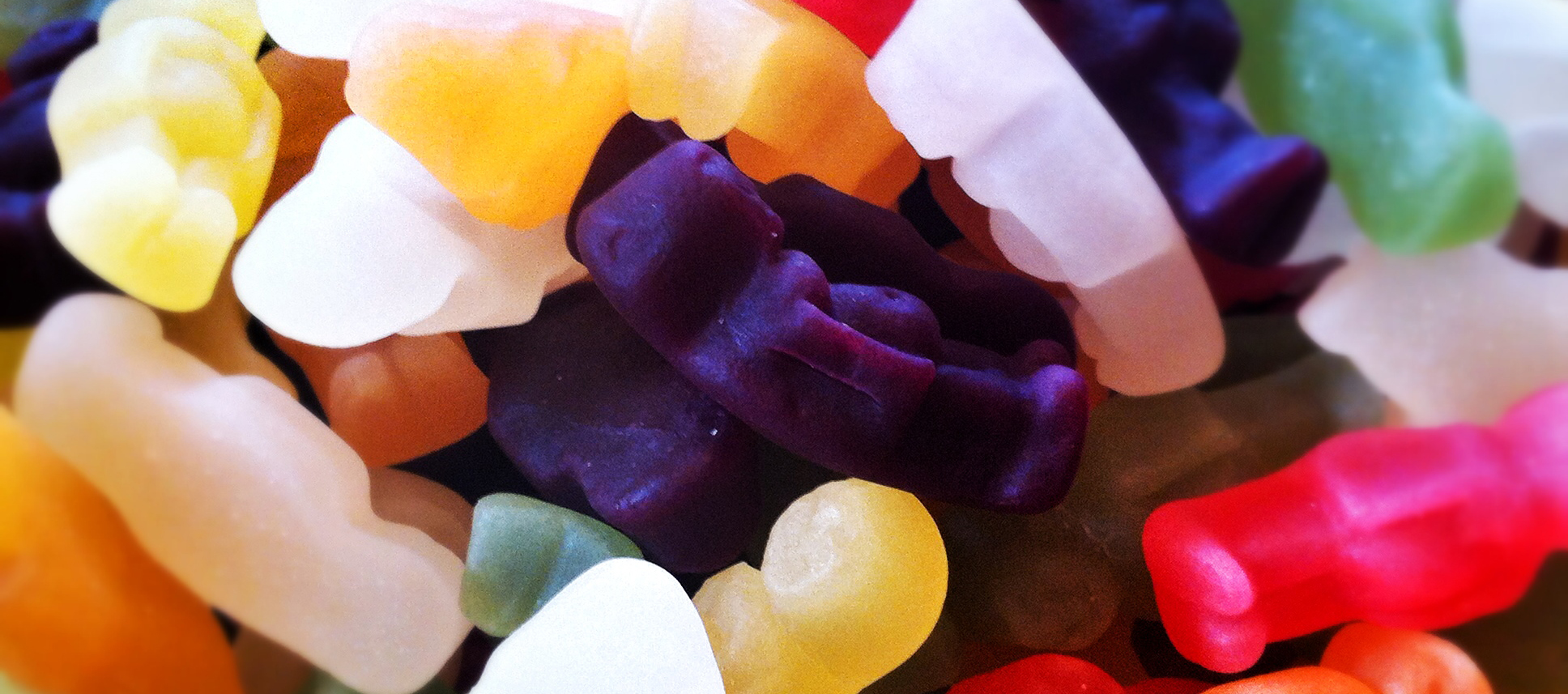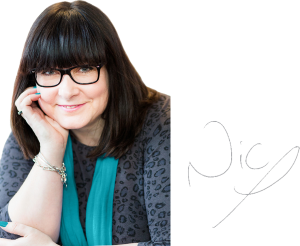
Thought of one? OK, have you thought about the meaning to people of that colour? In reality, colour has huge implications for branding and logos. It needs to speak to the target audience and enhance your credentials or product, whilst also engaging your customers and staff. It’s a lot to expect of a colour, right?
So where would you start to choose your colour palette…
Bright and bold colours can be overly confident, but if they are subtle are they going be looked over and your business gets missed? Below are some of the effect, emotions and impact of colours in the world of graphic design, but of course depending on fonts, message and imagery it can massively change the meaning of the overall impact too. So this is only a guide, but can help if you are looking at your logo and brand, or when looking at someone else’s.
RED implies passion, energy, danger, warmth and heat. It’s provocative, dynamic and confident. It has also been found to stimulate appetite, which explains why it is used in many restaurants and food product logos. And as a colour it has been shown to raise the heart rate, and is very powerful. It shouldn’t really be used for health care for this reason.
PURPLE is royalty and luxury. It has long been associated with the church and spirituality, and also magic and the supernatural world. In history it’s the colour of wealth and riches. Interestingly it’s a very creative colour, however should be avoided for the food industry.
BLUE is one of the most commonly used colours in corporate logos. It implies professionalism, seriousness, integrity, sincerity and calmness. Blues are associated with authority and so is popular with financial institutions and government bodies. Paler blue is all about peace and tranquility. It’s not great for household goods.
GREEN is commonly used to emphasise ethical and eco credentials, particularly with products that are organic or vegetarian. Other meanings include growth and freshness, and deeper green is popular for financial areas too. Pale greens are soothing, so it’s also used in the medical world for this reason.
YELLOW requires caution as it can be interpreted as negative – it can mean cowardice and it’s used in warning signs. However to many, yellow is sunny, warm and friendly and is another colour that is believed to stimulate appetite. Not for everyone though and needs careful thought before implementing, for some it might be a little too happy!
ORANGE – the colour of innovation, modernity and is a bold choice. It’s about fun and approachability. Still with warmth and energy, however not as in-your-face as red. It’s all about excitement too. Not a great colour for eco or food.
BROWN is quite masculine and often used for products associated with rural life and the outdoors. Think natural, earthy and muddy! Not for all projects due to it reminding people of dirt… not great for the healthcare industry.
BLACK is a colour of two sides. Some people class it as a hue and not a colour at all! Its about power and sophistication, minimalism but also associated with movie baddies and death. Of course in everyday branding, most logos will need a black and white version for use where colour isn’t an option. Currently monochrome logos and word marks are bang on trend.
WHITE is associated with purity, cleanliness, and simplicity. A white logo will always need to stand on a colour to make it show up on a white background, or placed over a simple image or pattern. Most companies will choose to have a coloured version and a white version of their logos; take Coca-Cola for an example, their logo is white on its cans and red when needed on a white background.
Global brand?
If your client is global, or wishing to go global, then think about your colours and the cultural differences around the world. Red is considered lucky in China, while white is the colour of death and mourning in India, so it’s a really important consideration.
Finally…
These are just guidelines, as I said at the beginning, it depends on the overall message with fonts and imagery taken into account to convey the full brand message to appeal to the target audience and impart the correct messages. The rules can always be broken and sometimes it’s all the better for breaking them. As long as it gets the results with a good story behind it, and it’s not been chosen just because it’s your favourite colour, then go for it!
So the message? Don’t just think of a colour, think about what it is saying…
Happy designing!
Nicola Fisher is Creative Director at The Creative Haus.
PS do you know anyone who would benefit from these tips? Then please do ask them to sign up for my newsletter.

